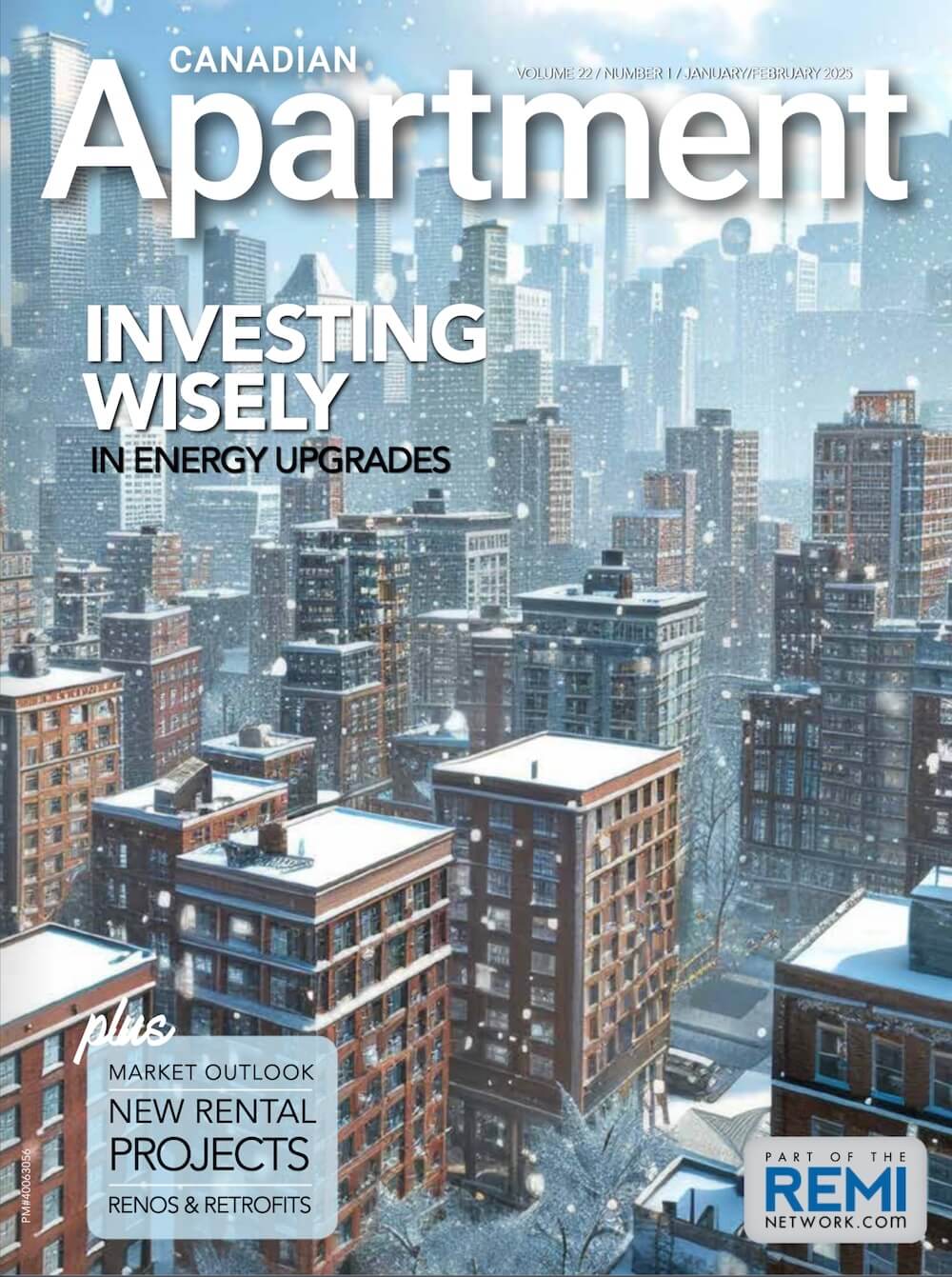Policymakers in the United States are being urged to revise and embed energy efficiency tax credits. Three commonly claimed incentives for homeowners, builders, and commercial and multifamily landlords technically expired in the U.S. tax code on December 31, 2017, but were given a short-term reprieve for the 2018 tax year.
Since then, a broad coalition of manufacturers, trade associations and public advocacy groups has pushed to have the incentives re-established for the long-term, along with updated criteria to recognize achievable energy performance advances since the incentives were first introduced. ASHRAE, the Air-Conditioning, Heating & Refrigeration Institute, the Illuminating Engineering Society, the National Insulation Association and the U.S. Green Building Council are among 33 signatories of a May 1 letter to the U.S. congress.
“The fact that we have no direct incentives for energy efficiency in the U.S. tax code is just a gross omission,” asserts Jason Harke, president, of the Alliance to Save Energy, which has taken the lead in the effort. “We’re talking about a huge opportunity to improve equipment, homes and buildings that will be in use for decades and, by failing to incentivize efficiency, we are effectively guaranteeing millions of tons of unnecessary carbon emissions every year.”
The coalition supports both more stringent energy performance requirements and more lucrative credits for qualifying taxpayers. For example, builders can currently claim a maximum credit of $2,000 per home, including for each unit in low-rise multifamily buildings no greater than three storeys, while the coalition calls for a new $2,500 maximum. It also suggests lifting the maximum credit for homeowners making energy improvements in their dwellings from $500 to $1,200.





